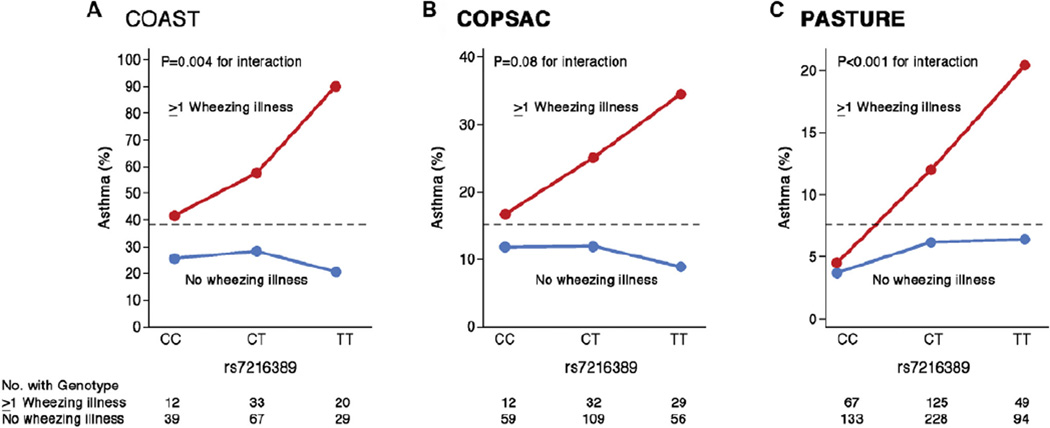Figure 1. Interaction effects of the 17q genotype and wheezing on asthma risk in 3 birth cohorts.
In all cohorts there is more asthma among children who wheezed in early life (red lines) compared with children who did not wheeze in early life (blue lines), and the associations with 17q genotype are only evident among the children who wheezed. In all cohorts the prevalence of asthma at age 6 years is more than 3-fold higher among TT children who wheezed compared with children who did not wheeze. The dashed line shows the overall prevalence of asthma in each population. Note the different y-axis scales in each panel. A and B, Stratified by rhinovirus-associated wheezing illness in the first 3 years of life. Modified from Caliskan et al.35 C, Stratified by wheezing illness in the first year of life. Modified from Loss et al.41

